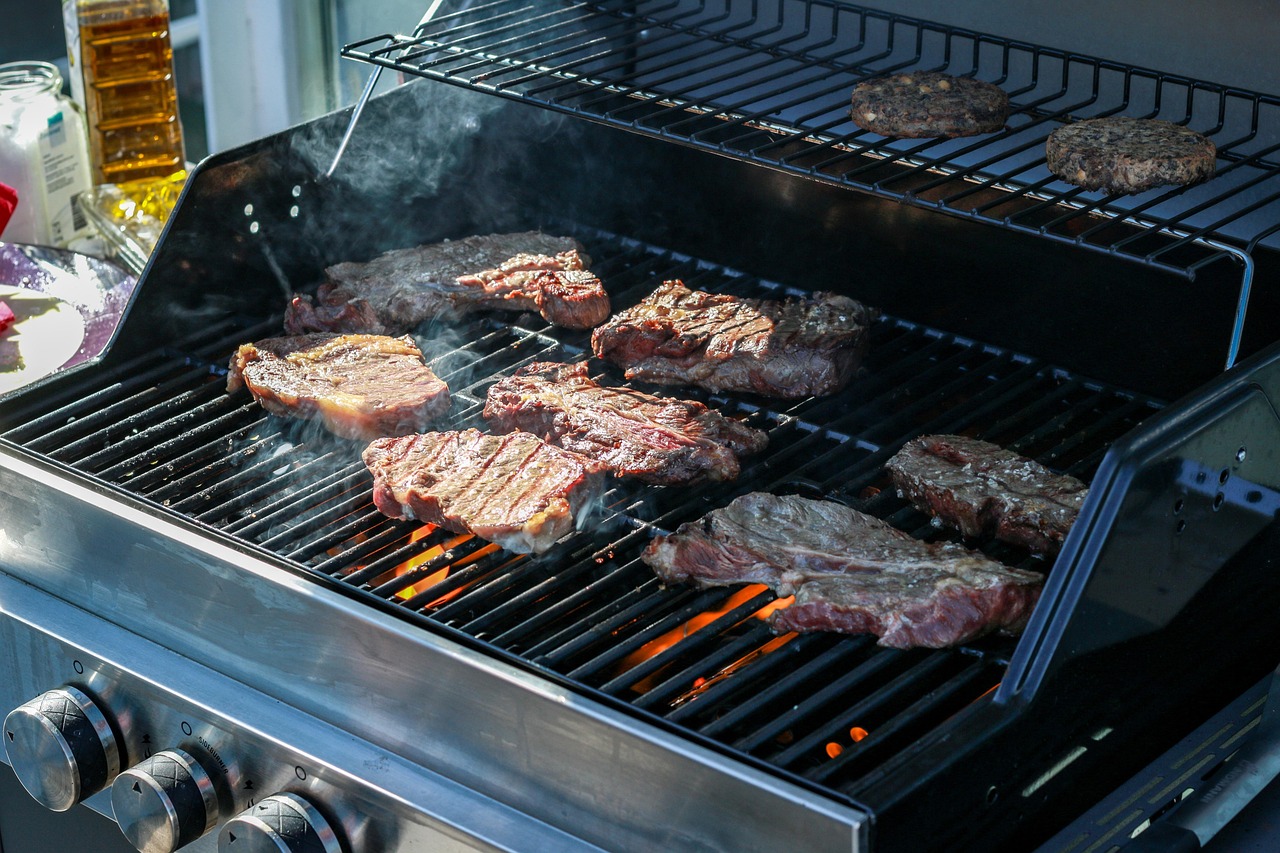May brings with it the tantalizing aroma of smoky delights as food enthusiasts across the nation celebrate National Barbecue Month. This annual observance honors the time-honored tradition of cooking over open flames, bringing together communities as they enjoy warmer weather and outdoor dining. As grills emerge from winter storage and backyard gatherings become more frequent, this month-long celebration provides the perfect opportunity to explore the rich history, diverse techniques, and mouth-watering flavors that make barbecue a beloved culinary practice worldwide.
National Barbecue Month arrives at the perfect moment when spring is in full bloom and summer beckons, creating ideal conditions for outdoor cooking celebrations. The timing is particularly fitting for those in the northern hemisphere, where May signals the beginning of the outdoor entertaining season and a chance to reconnect with neighbors and friends over sizzling grills and savory feasts.
Global Roots of Barbecue
The history of barbecuing stretches back centuries, with its origins deeply rooted in various cultures around the world. When Columbus arrived in the Americas, he observed indigenous peoples cooking meat over wooden grills, a technique that imparted a distinctive smoky flavor to the food. This discovery may have sparked what would eventually become one of the world’s most popular cooking methods.
The practice has evolved significantly over time, from simple open-flame cooking to sophisticated grilling equipment that can handle everything from small family meals to entire hogs at commercial gatherings.
A Worldwide Social Tradition
Today, barbecue traditions vary widely across different regions and cultures. In the United States, barbecue has transcended seasonal limitations, becoming a year-round practice in many areas, unlike places such as the United Kingdom, where grilling is primarily a summer activity. Australia has also embraced the barbecue as a central element of its outdoor lifestyle. What began as a practical cooking method has transformed into a social phenomenon that brings communities together, particularly during public celebrations where grills often become the centerpiece of social gatherings.
Backyard BBQs: From Simple to Spectacular
Celebrating National Barbecue Month can be as simple or elaborate as you desire. For a quintessential experience, host a backyard barbecue with friends and family. Whether you’re planning an extravagant affair with decorations and live music or a casual get-together with paper plates and coolers of refreshing beverages, the star of the show remains the food coming off your grill.
Don’t forget to include options for all dietary preferences—grilled vegetables like corn on the cob, zucchini, squash, eggplant, and even Brussels sprouts not only accommodate vegetarian guests but also provide delicious, healthy alternatives that everyone can enjoy.
Upgrading Your Fuel Game
May also presents the perfect opportunity to experiment with different barbecue techniques and fuel sources. Consider upgrading from standard charcoal briquettes and lighter fluid to Hardwood Lump Charcoal, which contains fewer chemicals and fillers than conventional options.
For those seeking to add unique flavors to their grilled creations, wood pellets derived from cherry, apple, hickory, mesquite, or cedar trees can impart distinct taste profiles to your food. Many enthusiasts find that specialized wood pellet grills offer a cleaner alternative to traditional charcoal, eliminating the messy black soot while enhancing flavor complexity.
Technique Tips for Meats and Veggies
Mastering the art of grilling requires attention to detail and a willingness to experiment with different techniques. For meat lovers, understanding the proper cooking times and temperatures for various cuts is essential—low and slow for tougher cuts like brisket and ribs, quicker cooking for steaks and chops. Always allow meat to rest after grilling to ensure juices redistribute properly before serving.
For those grilling vegetables, consider using a grill basket to prevent smaller pieces from falling through the grates, and remember that different vegetables require different cooking times—denser vegetables like potatoes need longer than tender asparagus or zucchini.
DIY Sauces for Signature Flavor
No barbecue experience would be complete without a signature sauce, and making your own is simpler than you might think. A basic homemade barbecue sauce combines 1½ cups of ketchup, 4 tablespoons of brown sugar, 2 tablespoons of white wine vinegar, 1 tablespoon of Worcestershire sauce, 5 teaspoons of paprika, and 1 teaspoon of cayenne pepper (adjustable to taste).
This versatile base can be customized with less sugar for those who prefer tangier flavors or additional spices for heat lovers. Having several sauce options available allows guests to personalize their dining experience, ensuring everyone finds something to satisfy their particular taste preferences at your barbecue gathering.






